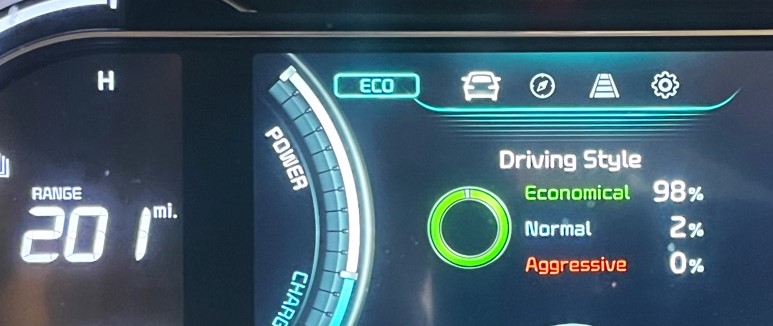
State Leadership and the National Clean Cars Program
Reducing Oil Dependence and Cutting Global Warming Pollution
America’s dependence on oil threatens our economy and harms our environment. Roughly half of all the oil we use in the United States goes into the gas tanks of our cars and light trucks. The oil we use in our vehicles is also a major contributor to global warming.
The Obama administration is slated to unveil new standards for automobile fuel economy and global warming emissions by the end of March. These new standards—based on the “clean cars program” developed by California and adopted by 13 other states—will make a significant contribution toward reducing America’s dependence on oil and reducing the impact of our vehicles on the environment.
Downloads
Environment Texas
Executive Summary
America’s dependence on oil threatens our economy and harms our environment. Roughly half of all the oil we use in the United States goes into the gas tanks of our cars and light trucks. The oil we use in our vehicles is also a major contributor to global warming.
The Obama administration is slated to unveil new standards for automobile fuel economy and global warming emissions by the end of March. These new standards—based on the “clean cars program” developed by California and adopted by 13 other states—will make a significant contribution toward reducing America’s dependence on oil and reducing the impact of our vehicles on the environment.
The new standards will reduce gasoline consumption by as much as 11.6 billion gallons per year in 2016—nearly as much as is consumed by all the vehicles in Texas in a year and equal to half the oil we import from Saudi Arabia annually. Cutting gasoline consumption by this much would save consumers up to $31.8 billion annually at the pump in 2016.
Meanwhile, the new standards will reduce global warming pollution from vehicles by 108 million metric tons per year in 2016. By 2016, the new vehicle standards will eliminate as much global warming pollution annually as is produced by 28 500-MW coal-fired power plants or 21.4 million of today’s vehicles.
The standards will continue to deliver benefits well beyond 2016 as the cars sold over the next several years continue to be driven for years to come.
Topics
Find Out More


Carbon dioxide removal: The right thing at the wrong time?

Fact file: Computing is using more energy than ever.

